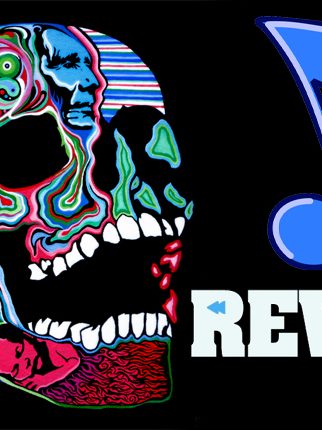Classic Album Rewind: Various Artists ‘Clicks_+_Cuts’
In the ongoing Classic Album Rewind series, some of our favorite producers discuss a classic dance album that influenced their lives and career.
As the clock turned to midnight on January 1, 2000, humankind breathed a collective sigh of relief as the much-hyped and irrationally feared Y2K bug (which was predicted to disable the world’s computer systems) failed to produce so much as a dropped call on a Nokia cell phone. A few weeks later, German label Mille Plateaux released the first installment of Clicks_+_Cuts. This compilation series would give name to the emerging genre of computer-generated, minimalist music that had taken root—not just in techno-obsessed Europe, but also in the San Francisco area, then already becoming the global epicenter of digital technology.
The premise behind the clicks and cuts aesthetic was simple enough: minimalist music, as defined decades earlier by composers such as Steve Reich and Philip Glass, but reimagined for the digital age. Produced not by highly disciplined orchestra players counting thousands of repetitive bars—nor by unwavering metronomes of MIDI sync in the drum machines, synths and samplers that dominated electronic music at the close of the millennium—the repetition came from computers themselves. It was the imagined sound of infinite bytes moving through a 533MHz processor, at once crystalline and corrosive.

“The sphere of electronics no longer belongs to the realm of transistors…” wrote music journalist Sascha Kösch in the sleeve notes to this two-CD set, “but is embedded in a wider range of calculated reality, simulated, emulated, and otherwise constructed picturing the desires of a digital residue generation.”
Names of that generation—producers like Sutek, Kit Clayton, Pole and Vladislav Delay (who all appeared on C_+_C)—did not take part in the birth of computer music, but they did guide it through a particularly awkward part of its adolescence, a time when the tools we now take for granted—Ableton, Pro Tools, Logic—were just coming into the hands of the first wave of laptop musicians armed with iBooks. Collectively, they faced a never-before-experienced sonic quandary, one that offered an unlimited sound palette and utter control over every aspect of the resulting waveform that would finally reach the speakers. The fact that these and the 19 other artists who appeared on the compilation collectively chose the route inward is, in retrospect, as obvious as Kraftwerk hearing music in the kling-klang of industrial Düsseldorf. But at the time, it challenged the dominant stylistic vision of electronic music as representing a space-age future—one that even today has yet to blast off.
In fact, reflecting on the 15 years of technological evolution since Clicks_+_Cuts’ release reveals that the micro-view was the prescient one. When NASA has stalled, and an iPhone rests in every pocket, there is no longer a debate about where the future lies (or at least where it has lain thus far). Or as Kösch put it, “Clicks no longer are a part of what can be imagined as a cultural process, they are its value, its measuring, its money, its rules, laws, content, communication and whatever transaction media gives way to.”
Now go ahead and tap, swipe or scroll to whatever data you’ll digest next in order to prove that point.





